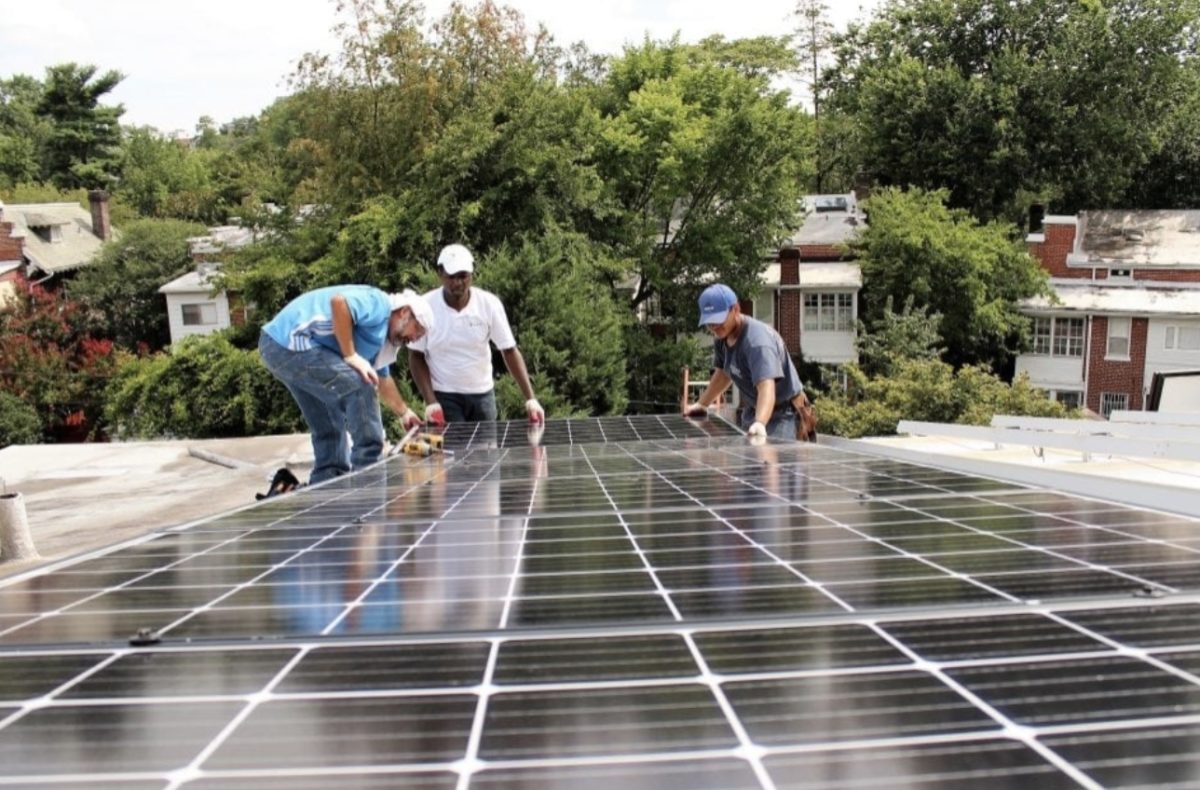Distributed solar (read: rooftop, or small-scale ground mount) deployment across the U.S. could be a serious money-saver for the average utility bill ratepayer.
In fact, it is estimated that an increased rate of current distributed generation solar and storage deployment vs. “utility-scale only” model could save U.S. ratepayers over $109 billion by 2030.
A coalition of solar advocates, Local Solar for All, shared this in an analysis of electric grid modeling experts Vibrant Clean Energy. The report found that the U.S. must deploy a minimum of 103 GW of distributed solar and 137 GW of distributed energy storage by 2030 to achieve President Biden’s climate and equity goals at the lowest cost. This represents a growth rate in deployment of two to four times faster than the previous decade.
These deployment figures were derived using President Biden’s climate goals as key constraints: 80% clean electricity by 2030, 50% economy-wide carbon reductions by 2030, 95% economy-wide carbon reductions by 2050, and 100% electrification of the economy by 2050. The report made use of Vibrant Clean Energy’s WIS:dom-P model, which analyzes trillions of data points, including every potential energy resource, and direct costs and benefits associated with bringing different resource mixes onto the grid.
It was also found that a scale-up of distributed resources reduces stress on utility-scale resources, and makes way for 579 GW of utility-scale solar, 442 GW of wind by the close of the decade.
Local Solar For All said that deploying 103 GW by 2030 would create about 1.2 million jobs. The advocacy group also pointed to the need for an equitable and fair energy transition, as laid out by Biden’s Justice40 initiative. It said if 50% of distributed projects are directed to low- and middle-income communities, they could power between 8-15 million households.
This content is protected by copyright and may not be reused. If you want to cooperate with us and would like to reuse some of our content, please contact: editors@pv-magazine.com.









By submitting this form you agree to pv magazine using your data for the purposes of publishing your comment.
Your personal data will only be disclosed or otherwise transmitted to third parties for the purposes of spam filtering or if this is necessary for technical maintenance of the website. Any other transfer to third parties will not take place unless this is justified on the basis of applicable data protection regulations or if pv magazine is legally obliged to do so.
You may revoke this consent at any time with effect for the future, in which case your personal data will be deleted immediately. Otherwise, your data will be deleted if pv magazine has processed your request or the purpose of data storage is fulfilled.
Further information on data privacy can be found in our Data Protection Policy.